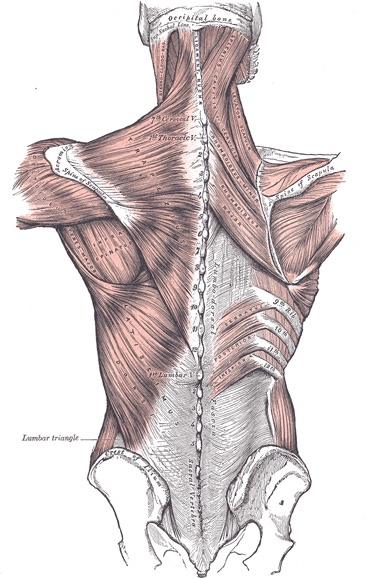
Deep tissue massage does not have to be painful. That is a misconception that we at Tapestry Life Resources and Hands On Massage Therapy are trying to dispel.
In fact, if, on a scale of one to ten, your massage goes past the pain threshold of a six or seven, the work is ineffective and probably doing more harm than good. That is because the muscles contract against the pain, instead of lengthening and relaxing.
In general, massage techniques that are used for Swedish or relaxation massage can be used effectively for deeper work. The aim in both is to loosen adhesions, stretch and mobilize connective tissue, and improve circulation and lymph flow. In fact, a good Swedish massage can be the first line of defense against injury since healthy, flexible tissues are less likely to get hurt in the first place.
What separates deep tissue massage from Swedish massage is the depth of the pressure and the speed of the massage. The rule is that the deeper you go, the slower you go. Thus, if you are really having trouble with an area of your body, you may only have time in an hour massage to get that area worked. A full-body massage that is all deep work lasts at least 90 minutes and could last two hours. A look at the way muscles are layered may explain why.
In order to reach the deeper muscles, the massage therapist must first release the superficial muscles. To do this, the therapist may use fingers, hands, fists, knuckles, forearms, elbows, or various massage tools. This can take some time before the superficial muscles are relaxed enough for the deeper muscles to be reached. Less oil or cream is used so that there is less slip as greater pressure is slowly applied. Heat, cold, and sprays may also be used.

Grey’s Anatomy
Let’s use the back muscles for an example. The superficial muscles of the back act on the upper limb. The intermediate muscles act on the ribs and thorax; the deepest muscles of the back are responsible for keeping the body erect.
If trigger points are found, the therapist may strip, friction or compress these to gain a release. Trigger points are taut bands of muscle fiber that do not relax and that keep the muscle in a shortened state. They are usually more painful than the surrounding muscle tissue, and they refer pain to other parts of the body. Trigger point therapy, also called neuromuscular therapy, is often combined with deep tissue massage. Its focus is these taut bands, and although trigger points can hurt as they are released, the therapist should not push beyond the pain threshold of a six or seven.
A true deep tissue massage focuses on the spreading and lengthening of the connective tissue sheath. Deep tissue techniques are based on the work of Ida Rolf who developed a technique called Structural Integration. Her principles have been widely adapted into other connective tissue massage therapies.
Beneath the skin and connecting every part of the body is a fibrous sheet of connective tissue called fascia. The fascia surrounds the bones, muscles, and organs. Indeed, although it is is basically a single sheet of mesh, it wraps individual tissue fibers as well as the whole structure (ie, individual muscle fibers and the whole muscle). Thus, connective tissue health is essential to painless movement. If the surrounding fascia is restricted, so is the muscle. Denser connective tissue forms the tendons and ligaments.
Connective tissue is unique in that it is elastic, which allows it to be elongated. However, the therapist must employ precise levels of palpation, pressure and energy to effectively make changes in the tissue. Simply massaging, kneading or compressing the fascia does not change or elongate the connective tissue. Fascia and muscle are different types of tissue, and they require different approaches. Your therapist will be trained to apply these techniques.
The fascial layers are worked one at a time, progressing from superficial to deep just as with the muscle layers. The superficial layers must lengthen and become more elastic and supple before going to the next, deeper layer.
Often the reason deep tissue massage hurts is that the therapist may be trying to achieve releases too quickly. While it is appropriate to work at your pain threshold, the therapist should not exceed your threshold. If she does, it is up to you to tell her so. Furthermore, you may have to decide to forego a full-body massage and ask that the therapist concentrate on one troublesome area so she is not rushed. Alternately, you could schedule a longer massage appointment.
Finally, you need to drink water and take a hot bath in Epsom salts or apple cider vinegar when you get home. You always hear this after a massage, but do you do it? The water flushes toxins and helps keep the connective tissues hydrated so they can heal. The heat of the bath and the properties of the salts or vinegar also remove toxins and help relax the body more fully. Stretching or other exercises may also be helpful.
Deep work does not have to be painful if your therapist is knowledgeable and if you communicate with her about your pain level, You should be willing to limit your massage to a trouble area, to schedule a longer massage session, and/or to return for a follow-up visit to achieve the best results with minimal pain. Finally, you need to practice self-care and follow your therapist’s advice about proper hydration and post-massage detoxifying.

